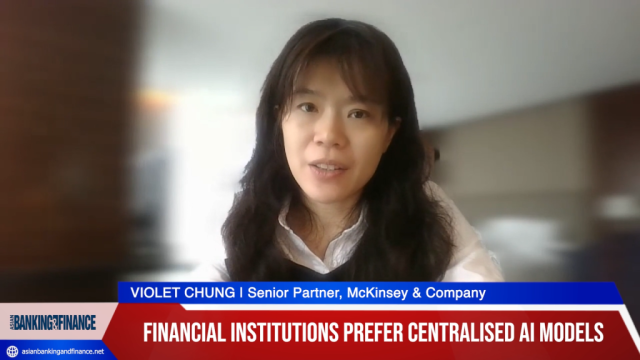Bank managements should take advantage of increased certainty and use dividends as a tool to manage returns
By Nick LordBank management teams have faced many challenges in the decade post the global financial crisis. After stabilising balance sheets in its immediate aftermath, there was a need to build capital as the Bank of International Settlements’ (BIS) regime was tightened. More recently banks have had to conceptualise the threats and opportunities posed by fintechs, and more latterly by ‘big tech’ companies and invest to meet the challenge. In addition, within South East Asia, banks have had to deal with the GDP slowdown post 2013, and the impact this has had on loan growth and credit quality.
However, after this period of rapid change, we are now seeing a bit more clarity in the outlook over the next few years, especially for capital.
It is clear loan growth will likely remain subdued in many ASEAN geographies in the next 2-3 years. Credit penetration is already high, especially in Thailand, but also in Malaysia and Singapore. Whilst there will be opportunities to expand balance sheets in the less penetrated Indonesian and Philippine markets, even here loan growth is currently subdued (5.9% and ~9% in 2019, respectively) and banks in these markets may need to capture new market opportunities in competition with non-traditional banks to successfully grow their balance sheets. Lower loan growth will mean less demand for system capital. In addition, following the implementation of IFRS9 in Thailand and Indonesia from 1st January 2020, it is now clear what bank capital positions are across the region and the extent of surpluses where they exist.
We also believe that the nature of competition from new entrants has become clearer and some banks have made significant progress in developing strategies to meet this competition. This should provide more visibility on future returns. We believe the Singapore banks, larger Thai banks such as SCB and KBank, and selectively the Malaysian banks have done the most here. Some banks are also developing less capital intensive business lines, such as wealth management, which will also help them defend returns.
Of course there are still risks that banks will need to consume more capital. Not all banks have invested as much as they should in technology and costs will therefore remain under pressure for some. We also see emerging uncertainties for capital demand related to costs, or investment opportunities for the banking system from decarbonizing the economy, or meeting UN Development goals, particularly as they pertain to financial inclusion. Nevertheless, we believe that over the next few years some of the banks in ASEAN will be generating more capital than they can consume and management teams will have to make a considered choice about how they use this.
If there is no obvious need for excess capital, our view is that it is good practice to return it to shareholders and we are seeing increased capital repayments from a number of ASEAN banks. In the last two years DBS and UOB in Singapore have offered cash payouts of ~50% of earnings. OCBC was still offering a scrip alternative for its 2019 interim dividend, but we expect that they will also be offering a cash only dividend at the full-year stage. It will be interesting to see if they also lift payouts to peer levels. In Malaysia, Public Bank has always offered a high cash payout, but Maybank and CIMB have also been increasing the cash component of their dividend in recent years. Finally, in Thailand we have also seen a move towards higher cash payout, especially as implementation of TFRS9 takes place. SCB has always had a higher payout than peers, but at the time of its full-year results it also announced a Bt0.75 special dividend and removed the upper band of its payout policy. KBank has also announced an increased dividend as part of its 2019 final payout and will buy back up to 1% of its shares in the last two weeks of February.
Higher payouts give shareholders some certainty in an uncertain economic environment, and we believe dividend yield was a significant support for DBS and UOB share prices in 2019 despite the often conflicting macro signals. If the right opportunity presents itself and these banks ever need the capital, we have no doubt they will be able to ask for it back. As equity analysts, we have to look forward and highlight where we think investors should be putting their money. In our 2020 outlook note (ASEAN Financials: 2020 Outlook: Capital Returns and Growth Drive Stock Picks) we highlighted that investors should look for selective opportunities from forecast stronger loan growth, and rising NIM in Indonesia and the Philippines, but also acknowledged that not every bank has access to those opportunities. For those that don’t, offering investors a good payout is a viable alternative.
























 Advertise
Advertise










